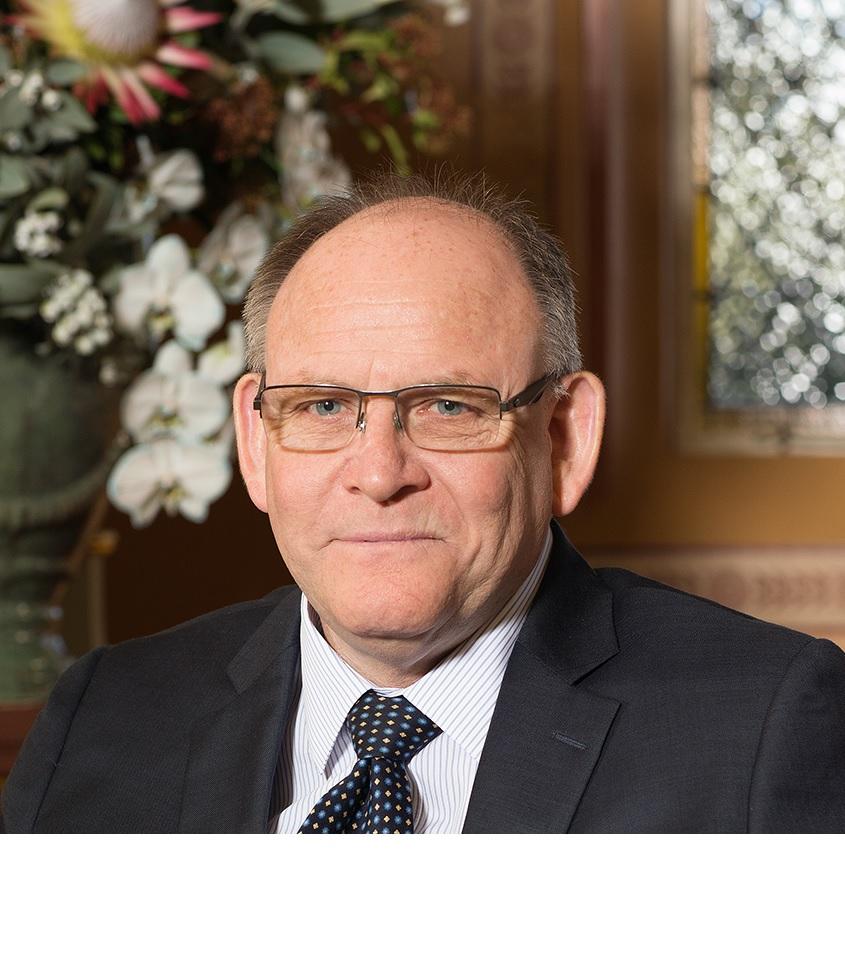Accessible bathrooms are specifically designed to accommodate users with a disability. Designs of these bathrooms must follow building standards and regulations, which generally presume that users are relatively independent and have moderate levels of physical restrictions.
This one-size-fits-all approach doesn’t work all the time, especially where help from a carer is needed, more complex disabilities are involved or more sophisticated assistive technologies are available.
Collaborating directly with wheelchair-users, UTS researchers will explore the lived experiences and present-day needs of accessible bathroom users.
In a world-first, they will use mobile motion capture and biometric technology to track and model how people in wheelchairs actually experience accessible bathrooms.
The project will be led by Professor Sidney Newton, Professor Simon Darcy and Dr Phillippa Carnemolla with industry partners Accessibility Solutions and Vista Access Architects.
“The standards that govern the design of accessible bathrooms are very prescriptive. We know that they don’t suit certain individuals very well, such as those over 60 years of age or users of newer models of wheelchair,” says Professor Sidney Newton, Director of the Built Environment Research Centre at UTS.
“Take, for example, the way that toilets are generally placed in a corner. While that works for many, some may have problems transferring onto it from their wheelchair if they have difficulties using that side of their body.”
“We want to explore these issues and use empirical data to give nuance to our understanding of them. Ultimately, we’ll work with a range of cross-disciplinary experts to make recommendations around improvement to the standards. Our intention throughout all this, is to explore how accessible bathrooms are experienced in real life,” he says.
Project team
-
Professor, Built Environment
-
Professor, Management
-
Research Fellow, Built Environment
-
 Mark RelfAccessibility Solutions
Mark RelfAccessibility Solutions -
 Farah MadonVista Access Architects
Farah MadonVista Access Architects





